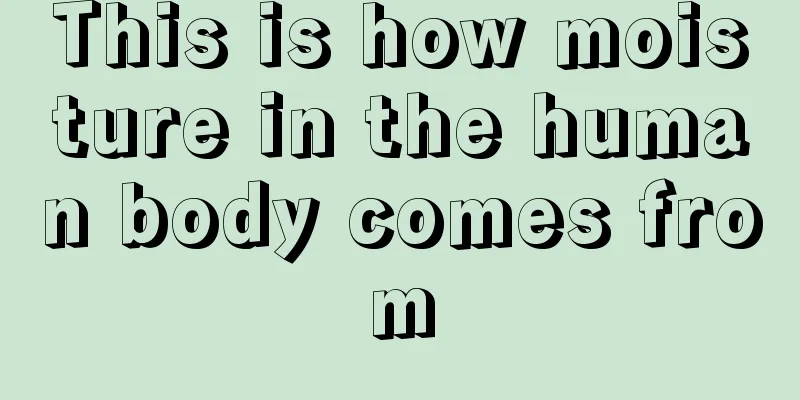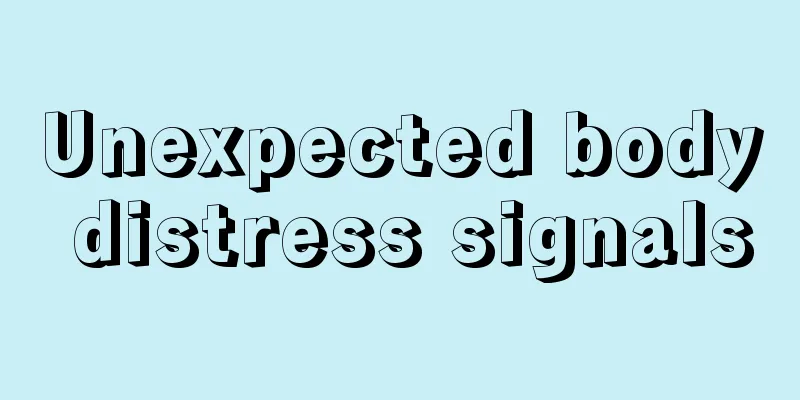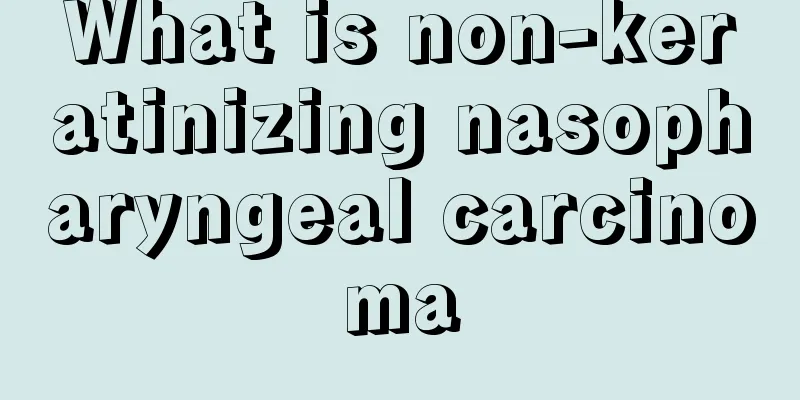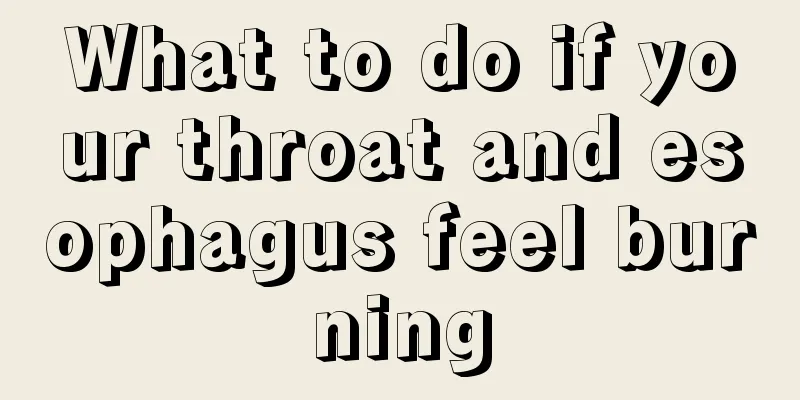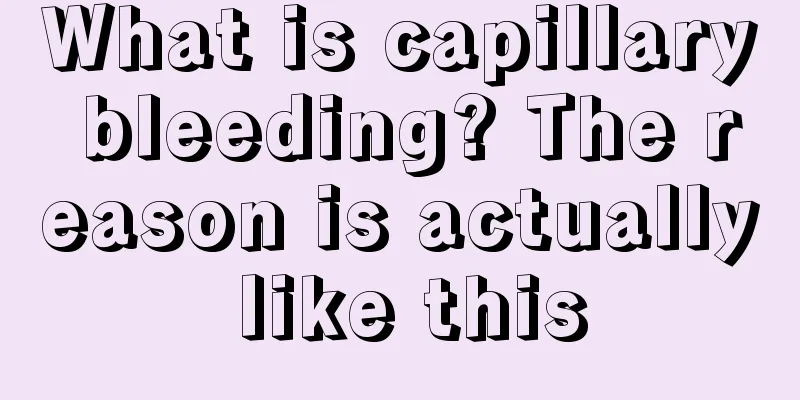How to treat nasal vestibule cyst
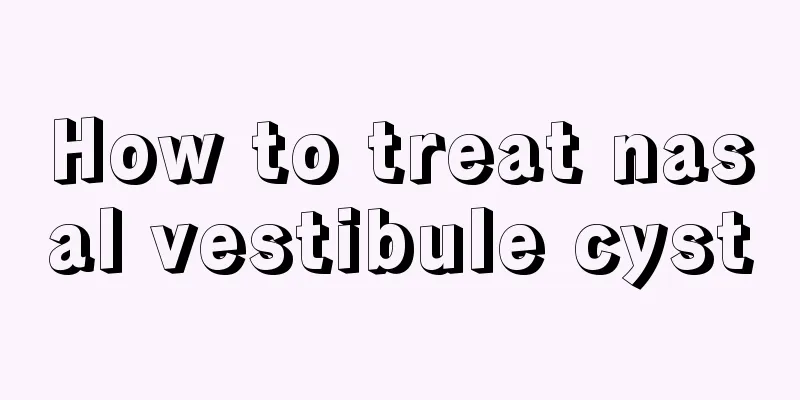
|
What method should be chosen for the treatment of nasal vestibule cyst? A diagnostic examination is required first, and then a scientific treatment method is adopted according to the condition. If the patient already has facial deformity and nasal congestion symptoms, or has a history of recurrent infection, then surgical removal is required. 1. Diagnostic examination Rhinoscopy can reveal a semicircular bulge on the outer side of the nasal floor and at the junction of the skin and mucosa. When punctured under sterile conditions, transparent or translucent mucous or serous fluid can be drawn out. The cyst shrank after aspiration, but soon bulged again. 2. Diagnostic Basis 1. Nasal congestion and local swelling on one side. 2. There is a semicircular bulge at the bottom of the nasal vestibule or the attachment point of the nose wing, which is elastic and fluctuating when touched. 3. Local puncture produces a light yellow transparent liquid, which becomes purulent when infected. 4. X-ray shows a uniform circular shadow at the bottom of the piriform foramen. 3. Differential Diagnosis Vestibulitis, nasal vestibule eczema, nasal vestibule pilosebaceous glands. Vestibulitis is a diffuse inflammation of the skin. The causes are frequent nose picking, acute and chronic rhinitis and sinusitis, allergies or irritation from nasal secretions (more common in children), and long-term work in a dusty environment (such as cement, asbestos, fur, tobacco, etc.), which can easily induce or aggravate the disease. Vestibular eczema is a skin lesion that occurs in the nasal vestibule and can spread to the skin of the nose wings, nose tip, and upper lip. It causes severe itching and is more common in children. It can be divided into acute and chronic types. A localized acute suppurative infection of the sebaceous glands or sweat glands of the nasal vestibule is called nasal furunculosis, and a diffuse inflammation of the skin of the nasal vestibule is called nasal vestibulitis. IV. Treatment If the cyst is large and the patient has facial deformity and nasal congestion symptoms or a history of recurrent infection, surgical removal should be performed via the labiogingival sulcus approach. Surgical method: Make a transverse incision on the side of the cyst close to the frenulum of the upper lip, separate the soft tissue toward the piriform foramen, expose the cyst wall, and then carefully separate and completely remove it. If the cyst wall is tightly adhered to the nasal vestibule skin, the principle should still be to completely remove the cyst wall. It is inevitable to tear the skin of the nasal vestibule during the operation. The treatment method is to compress the area with Vaseline gauze after the operation and wait for the granulation tissue to repair day by day. |
<<: How to use toothpaste to delay ejaculation
>>: How to do hair spa, make your hair smooth and silky
Recommend
How many days will it take to insert a urinary catheter during laparoscopy
Laparoscopy is a surgical procedure that is mainl...
How much does cervical cancer screening cost?
How much does it cost to treat cervical cancer? A...
What is the reason for cervical vertebra sweating
There are many reasons why the cervical spine swe...
Pathological classification of laryngeal cancer
Squamous cell carcinoma is the most common type o...
Melanin cultivation therapy
Melanin is something that most women want to elim...
The most suitable exercise for lymphoma
In addition to conventional treatments, there are...
4 dietary recipes to remove bad breath from laryngeal cancer
Bad breath is a complication of laryngeal cancer....
Why do we eat mooncakes during the Mid-Autumn Festival
During the Mid-Autumn Festival, people miss their...
Causes, inspection methods and relief methods of cervical stiffness
Cervical stiffness is a very common disease, espe...
How to remove oil stains from clothes
As living standards continue to improve, more and...
Sudden death and heredity
Sudden death is a common phenomenon in modern lif...
Causes of bloating, hiccups and acid reflux
Many people experience bloating, hiccups and acid...
Two things female friends need to know to prevent cervical cancer
Cervical cancer ranks second only to breast cance...
What extrapulmonary symptoms can lung cancer cancer cell secretions cause? 4 extrapulmonary symptoms of lung cancer you should know
Many people think that lung cancer will mainly af...
What are the most effective ways to increase height in history
Everyone wants to be tall so that they can look b...
